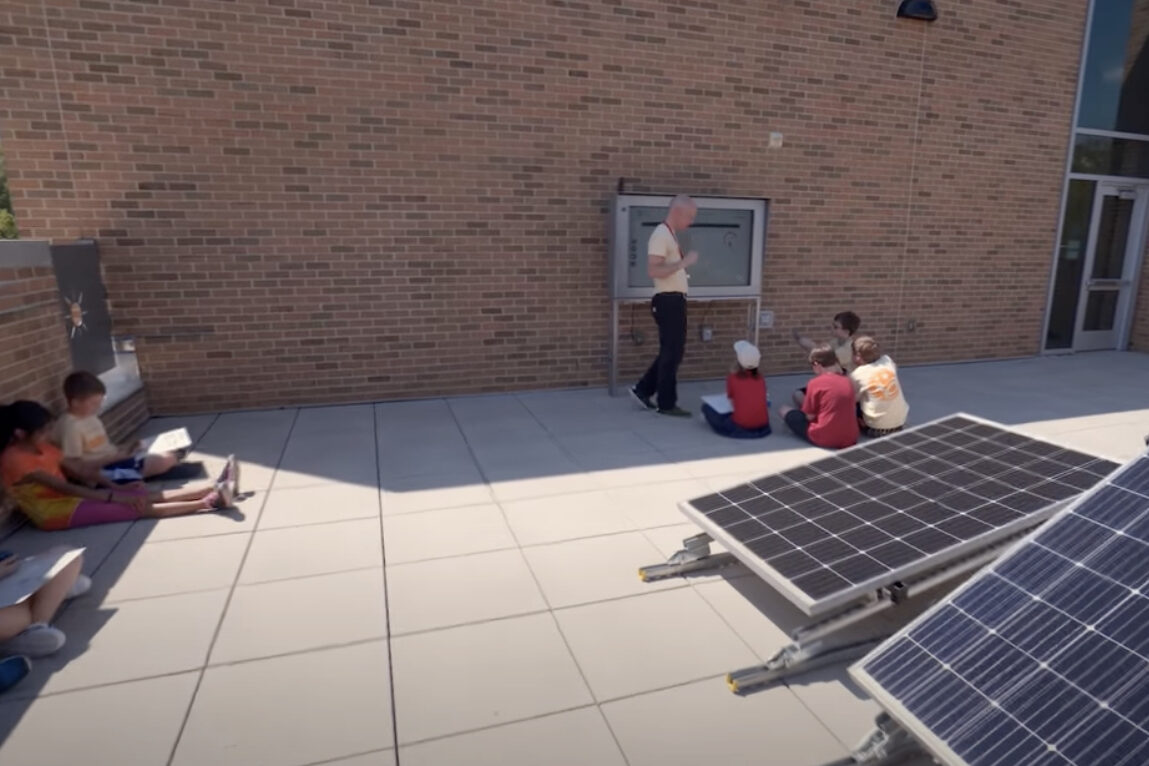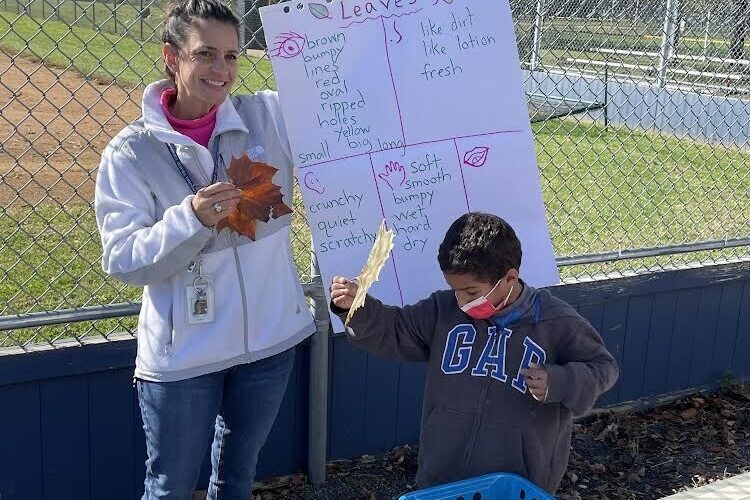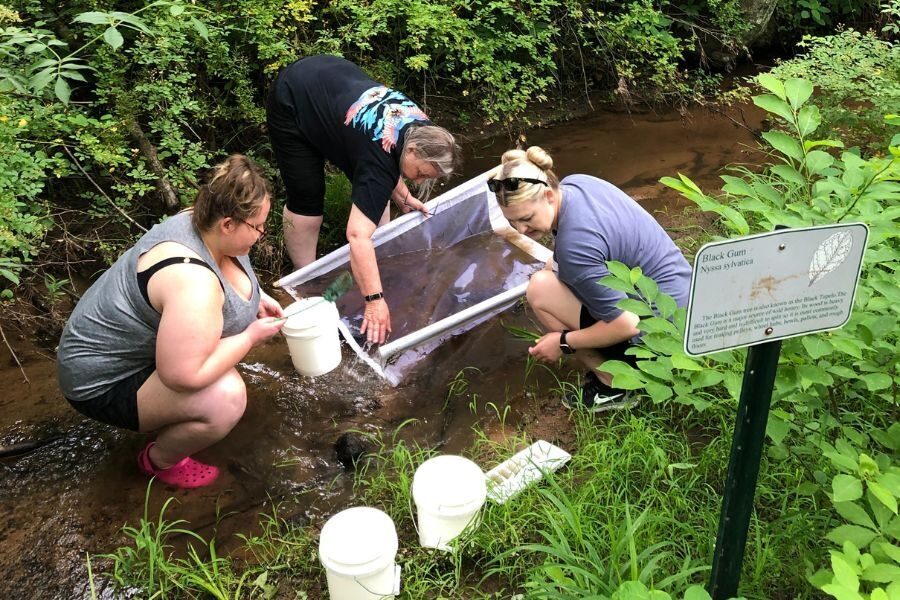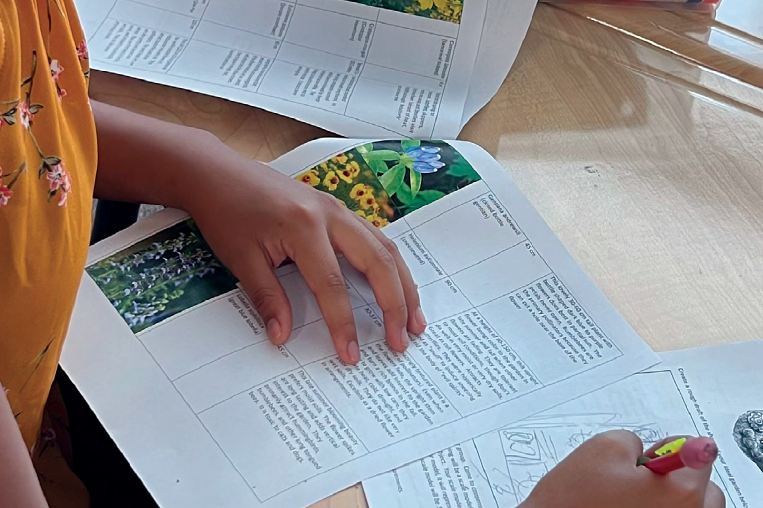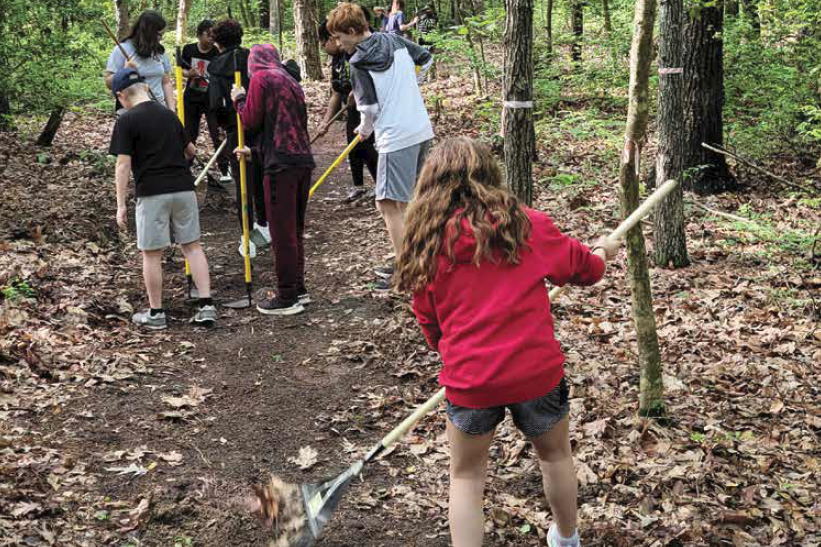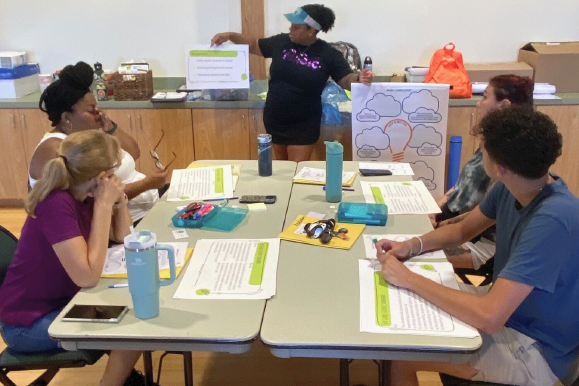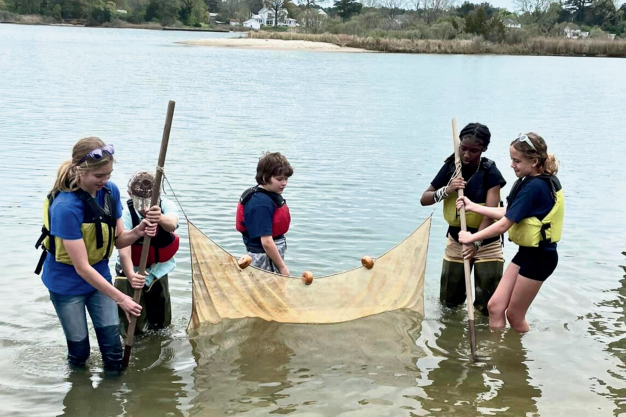Creating District Environmental Literacy Plans
Environmental Literacy Plans (ELPs) at the school district level are roadmaps that lay a foundation for district-wide implementation, integration, connectedness, and coherence of environmental literacy programming into the K-12 curriculum and beyond (like afterschool or sustainable schools programs). ELPs typically lay out a framework for the following elements, among others, as determined by the school district itself, and ensure that they are done strategically, efficiently, and effectively:
Relevant teaching and learning standards adopted by the State Board of Education
A vision for environmental literacy within the school district (integrated across disciplines, applicable to students lives, school culture, community priorities)
Professional development opportunities for teachers
Metrics for measuring environmental literacy and accountability
Methods to increase environmental literacy
Community partners that can assist schools
A proposed implementation method for the plan
Why District ELPs
You might be wondering, why are ELPs important? Many strategic plans and action plans just sit on the shelf — how is this different? Because environmental literacy is something that should be embedded across disciplines and involves a variety of school and community partners, it’s important to take the time to chart out how all of the experiences and opportunities connect and build on each other across a student's K-12 career. The very process of creating these plans encourages participants to consider the “why” and “how” of each experience and to consider how to sustain these experiences year after year. With limited time and funding, every field experience, MWEE, or teacher workshop needs to be intentionally considered.
For community partners, being involved in the development of the ELP can help identify how they are meeting formal goals for learning beyond the standards themselves as well as new areas where they have expertise and might be able to support. Similarly, they can see where other community partners are already engaged, which can prevent competition for external funding like grants.
Finally, ELPs are critical for ensuring continuity when there is a change in leadership or administration. Turnover among staff at schools and school districts is one of the biggest challenges in sustaining environmental literacy programs. When there is a plan in place that clearly articulates the “why” and “how,” it’s less likely that environmental literacy programs will be eliminated.
As with other strategic plans, regularly revisiting and updating the plan (every 3-5 years) is essential to ensuring the long term relevance and sustainability of the plan.
ELP Templates
States including Pennsylvania and Virginia have developed templates that can be used as a springboard for district environmental literacy plans. These templates provide consistency but also identify key areas for alignment with state priorities. Below are some examples of school district environmental literacy plans that you can draw on for inspiration and check out a blog from Prince William County on their ELP story.
Examples of District ELPs
